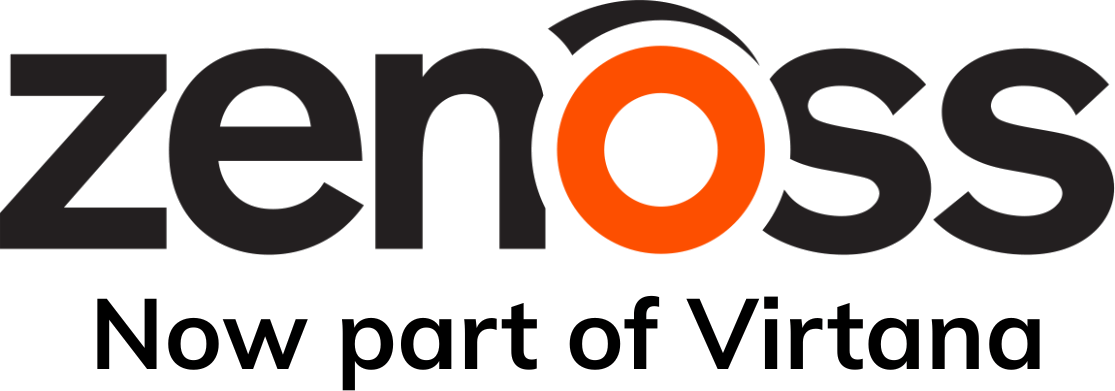 How the heck do I manage that?
How the heck do I manage that?
Nothing but change! I bet you’re dealing with a new explosion of tools. Every customer I meet is struggling with how to solve new problems using their existing tool set. Consider these technologies and situations:
- Containerized applications
- Serverless applications
- Edge computing and IoT
- Integrating DevOps teams and transitioning DevOps applications
Each of these deserves an article all on its own, but let’s do a quick summary of some of the new problems.
Containerized applications are generally built from a collection of containers, and none of them run a whole operating system. There’s no SNMP, no WMI, no useful shell commands for the application, no standard logs. So, how do you monitor them? How do you assess capacity needs for the application as a whole?
Maybe someone in your organization is playing with Amazon Web Services (AWS) Lambda. Serverless applications have all the challenges of containerized applications and add their own. You won’t know and don’t have access to the underlying operating system or orchestrator. Serverless development style uses lots and lots of tiny (think single-function) containers, and they’re started on demand in potentially huge fleets of identical containers. So, how do you cope with a thousand “devices” sending you data all at once for a couple minutes? How big does your monitoring capacity need to be, and how do you make sense of data from something that runs exactly once?
With hundred dollar Raspberry Pi servers and ubiquitous networking, we’re finding organizations that are monitoring everything. Edge computing and IoT are terms people use, but the actual applications range from convenience store temperature monitoring to rental scooter fleet tracking to real-time traffic control. The common element? We need to rely on these devices to push data to us via built-in code. There are no common agents, no common device protocols, no resources to run local collection — in many cases, not even a private network. Is there a simple way for all kinds of things to publish their own data securely across the internet and manage it alongside all the other technologies?
DevOps has been getting headlines for a couple of years now, and a few of your organization’s projects are probably maturing to the point where the developers are moving on to new projects and it’s time to shift their code from project to production. First thing — how on earth are they keeping it working? Their tool set is a never-before-seen combination of email, open source, and shuttered software tools. Ever done a merger? This can be worse. Is there some simple guidance you can give the new project teams to simplify their lives now and yours later?
Summers were simple as a kid. Can’t they be again?
When we first started in IT, our lives were simple. We had one technology to learn, and we got really, really good at it. In the morning, we solved all the problems of the world. And in the afternoon, we went swimming. Life was great!
As we advanced in our careers, we were excited about new technologies because we weren’t going to have to work all morning on problems. We could solve all the problems of the world before coffee, then float down the river all the rest of the day. Didn’t really work like that, did it? Now you think TANSTAAFL first, and you’ve forgotten all about the inner tube, the beverage, the breeze.
Hey, I’ve got an idea. You can’t pick the technologies, but how about simplifying the tools you use?
Streaming and ad hoc data in Zenoss Cloud
You probably already know that Zenoss Cloud can manage everything in your hybrid data center. (Everything. Really.) But what about all those new technologies? Yep — a new feature called “Streaming Ad Hoc Data” makes it all possible.
There’s a common thread across all those different technologies. In every case, the data source comes and goes, and the data we need to gather is unpredictable. Unpredictable data, unpredictable availability.
Streaming Ad Hoc Data is designed for just that common thread. When you’re using Zenoss Cloud, any kind of device can throw in whatever data it wants — metrics, events, logs — and the software will automatically store, organize, retrieve and spot anomalies.
Here are three examples:
- Add the collectd daemon to your container application, and configure it to point to your Zenoss Cloud endpoint. Bang! Instant statistics collection no matter when or where your container is running, and the Zenoss model will automatically link the collectd-gathered statistics to the underlying Kubernetes cluster, too.
- Add just a few lines of API code to your serverless code or IoT device and have it call into the cloud endpoint whenever it has something to say. No configuration in advance — Zenoss Cloud is always listening.
- And for DevOps teams — tell them to focus on their application and leave the tools to you. With Zenoss Cloud providing management as a service, the team can send in metrics with the authenticated API and see them associated with the underlying infrastructure via the Zenoss Cloud machine learned model. In other words, they can focus on their application instead of yet another tool set, and you’ll be ready to catch it when it moves to production!
Now What?
We’re ready to show you how Zenoss Cloud can help with unpredictable devices. Let us show you!










